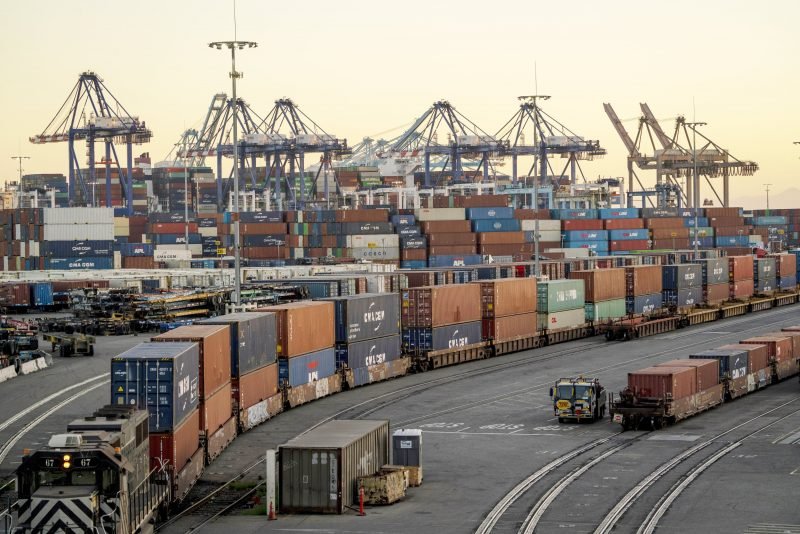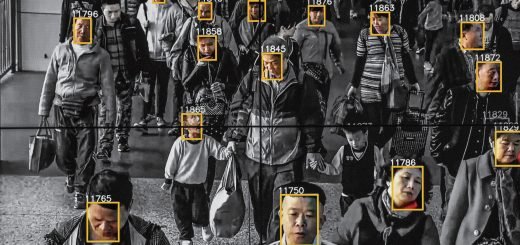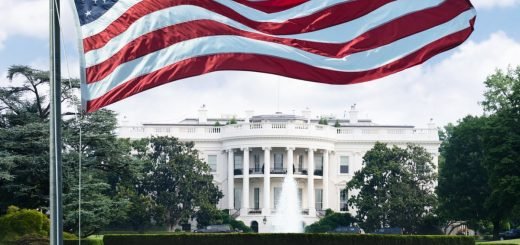The disruption of supply chain amidst Russia’s invasion of Ukraine and India’s response

Introduction
A supply chain is the network of people, businesses, resources, operations, and technologies that comes together to create and sell a product or service. The chain includes all, from the manufacturers to the customers. A disruption in any amongst them results disordering in the entire supply chain.
During the Covid-19 pandemic, trade was immensely affected and many nations are still reeling from the virus’s disastrous effects. Then after Russia’s invasion of Ukraine, the global market took another hit, the aftereffects of which are more than what meets the eye.
As per United Nations’ Food and Agriculture Organization (UNFAO), Russia and Ukraine, together, account for more than 25% of worldwide wheat commerce, 60% of global sunflower oil exports, and 30% of global barley exports.
Ukraine’s exports to Europe and Asia lie at 51% and 37% respectively. Which rely heavily on metals and their ores, ferroalloys, minerals, and engineering products, other edible commodities include, wheat, honey, sunflower oil, corn, and majorly meat.
Whereas, the Russian economy is largely dependent on commodity exports, with revenues from crude oil, petroleum products, and natural gas exports accounting for about half of the country’s federal budget. It is a major supplier for many countries in Europe, the Middle East, and Asia. The country is accountable for 30 percent of the world’s supply of (including palladium), 13% of titanium, and 11% of nickel. It is also a significant supplier of neon, used to build circuit systems. Moreover, Russia is a major global fertilizer exporter, so any supply shortages in the mentioned areas or restricted access may directly influence global production.
The Russian monopoly on certain areas of trade may not be clearly visible but its existence can’t be questioned. For instance, the prices of palladium, mainly used by the automobile sector rose up to 80%, just because of the Russia Ukraine conflict, as a consequence, the already paralyzed automobile sector went on a downwards spiral because of the ongoing conflict as both the nations involved are major producers of raw materials used in the engineering of automobiles.
In the initial months of FY22, steel prices have increased by 15%, aluminium prices by 34%, and Brent crude by around 32%. India is a major importer of coal & natural gas from Russia but wasn’t an active importer of crude oil. However, taking advantage of the current situation, India has jumped at discounted prices. It has already imported 627,000 b/d of Urals Crude in April 2022, while such imports were zero in March and earlier. India has been witnessing an inflationary trend, as the supply is not fulfilling the demands of the consumers, especially in the fodder and fuel industry, which should be considered as the aftereffect of the Covid 19 pandemic and supply shortages because of the ongoing conflict.

Disruption in the supply chain has already impacted the global food trade. According to the United Nations Secretary-General Antonio Guterres, the pandemic combined with climate change and the Russia Ukraine Conflict “threatens to force tens of millions of people into the edge of food insecurity, ending in malnutrition, mass hunger, and famine.”
The bold move of banning wheat exports by the Modi administration plays a crucial role in tackling the supply shortage. India is the second-largest wheat producer in the world, and in the year 2022 had exported 8.2 million tons of wheat. The consumer food price inflation in India has risen from 0.68% to 8.38% year on year, within eight months only, i.e., between September 2021 and April 2022. This year’s harvest was not at par with the previous years owing to climate change, the evident inflation caused by the coronavirus, and the Russian invasion of Ukraine. The soaring prices of agricultural commodities have led the government to clamp down on existing products rather than draining the resources on exports.
It is undeniable fact that trade relations have a significant impact on a nation’s economy, the better trade relations you have with other countries, the more preference you have from the supplier, more are the chances of great imports. A major example of trade support is the USA’s Generalized System of Preferences, (GSP), which is a trade program that provides nonreciprocal, duty-free treatment for certain U.S. imports from certain developing countries.
Prima Facie the effect is not visible but why is it that no country is supporting Russia or Ukraine in the ongoing conflict? No nation would want to jeopardize their position with the other, considering that there are only a few major players in the field. However, the monopoly or trade relations with one country may become Achilles’s heel for another. India’s ban on wheat exports was condemned by many G7 nations. India was also poked for having flourishing oil trade with Russia which may affect the Indian trade with the USA because the big power has been hell-bent on opposing the Russians; history is proof of the rivalry between the two. Diplomacy and international relations play a huge role in balancing the breach and supporting the nation’s economic development.
So, the interests of nations may vary but their interdependence on trade will always be a major factor affecting their relations. This pushes us to think about why the Modi administration is dedicated to maintain friendly relations with other countries, even the move of “Make in India”, which aims to establish manufacturing units of various commodities in India itself and “Vocal for Local”, that advocates buying products manufactured in the home country, in which the supply chain is created by the local companies of India, will sound alarm bells immediately, given how the worldwide conflict has shaken the global market. Wheat restrictions and fuel price reductions are two important instances of the government’s efforts to manage the country’s strained economy and ongoing inflation, as well as the food and fuel crisis, which might spiral out of hand if left unchecked.

Conclusion
This supply shortage was unanticipated by the whole world and now that everyone is thrown into it, it’s tough to breakthrough. Mark Lowcock, the former UN Under-Secretary-General for Humanitarian Affairs and Emergency Relief Coordinator and now a visiting professor at the London School of Economics observed that “Market disruption and price hikes for food, fuel, and fertilizer will increase the number of people unable to secure enough food to survive without international emergency assistance.” The consequences of supply chain disruption are obvious, emphasizing the necessity and interconnectedness of trade. As a result of this supply chain disruption, there are many strategic debates and potential trade policy solutions taking place all over the world.
The major area affected by this supply chain crisis are the metal, food, fuel, and fertilizer industries where the supply is withering day by day, and the market is interdependent at such a level that it has pushed developing and underdeveloped nations into economic distress.
There is substantial evidence to support the statement that the Russia-Ukraine conflict has affected the global economy and trade. It’s jeopardizing the worldwide supply of platinum, aluminium, edible and non-edible oils, iron, and steel, even affecting the semiconductor industry; it’s the reason why companies are closing outlets in Europe, Ukraine, and Russia. It has sent energy prices over the roof, which has led to increased transportation expenses among other problems.
Sanctions imposed by the USA, wheat export ban, rising inflation, etc., are among the major implications faced by the Indian economy. Global supply chains will be crippled if primary suppliers in Russia and Ukraine are interrupted, and visibility into this broad network becomes critical because the aftereffects might shatter economies. India should establish a constant monitoring system to track global supply chain hazards. A risk monitoring and surveillance tracker like this might assist identify bottlenecks before they get worse, strategies and policies should be formulated and implemented to alleviate the concerns as they arise.


















